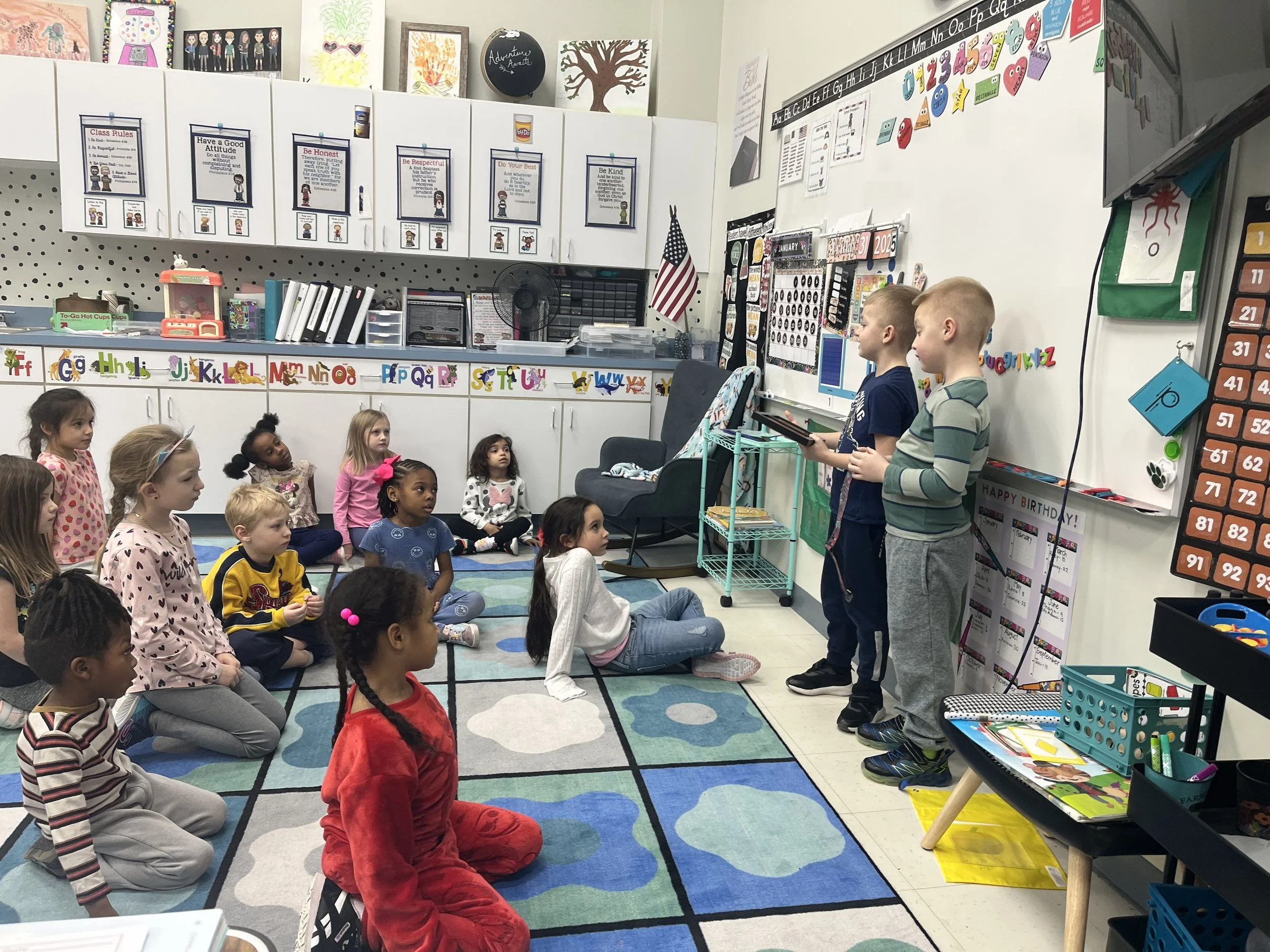Why Small Classes?
Academic performance
“Overall, research shows that students in smaller classes perform better in all subjects and on all assessments when compared to their peers in larger classes. In smaller classes students tend to be as much as one to two months ahead in content knowledge, and they score higher on standardized assessments.”
students can’t hide
“With fewer students, the teacher is more capable of ensuring everyone participates and engages the material. This ensures students can’t fake it, thus must keep up, while teachers can prevent declining engagement and scores.”
teachers can teach
Not just baby sit or fight to maintain control of a classroom. “Teachers at the front of a small class have more opportunities to observe and assess the class as a whole and the students as individuals.”
Logistics
“As a practical matter, it is not possible for most public schools to hire enough teachers so that all classes in grades kindergarten through 12th grade have no more than, for example, 18 students. Given finite resources to hire new teachers, judgments have to be made about where the additional teachers should be placed.”
documented results
“Conclusive research has shown the benefits of class sizes of 1:15, especially in the primary grades. Since the early 1980s, a large-scale project in Indiana, a major experiment in Tennessee, numerous smaller studies and evaluations of projects that use low adult-to-student ratios have found that youngsters in small classes (1:15 or so) as compared to youngsters in larger classes:
obtain higher test scores;
participate more in school;
demonstrate improved behavior; and
retain many benefits of early class-size reductions in their later years of schooling.”
bennefits for all
“The STAR research shows that small classes (15-17 pupils) in kindergarten through third grade (K-3) provide short- and long-term benefits for students, teachers, and society at large. Although all students benefit; poor, minority, and male students reap extra benefits in terms of improved test outcomes, school engagement, and reduced grade retention and dropout rates.”
“Differing formulas for counting students and teachers are a major impediment to understanding and using small classes correctly: a pupil-teacher ratio (PTR) is a division problem, class size is an addition problem. The two are not the same, and thus PTR data cannot be used as a substitute for actual class-size data.”


